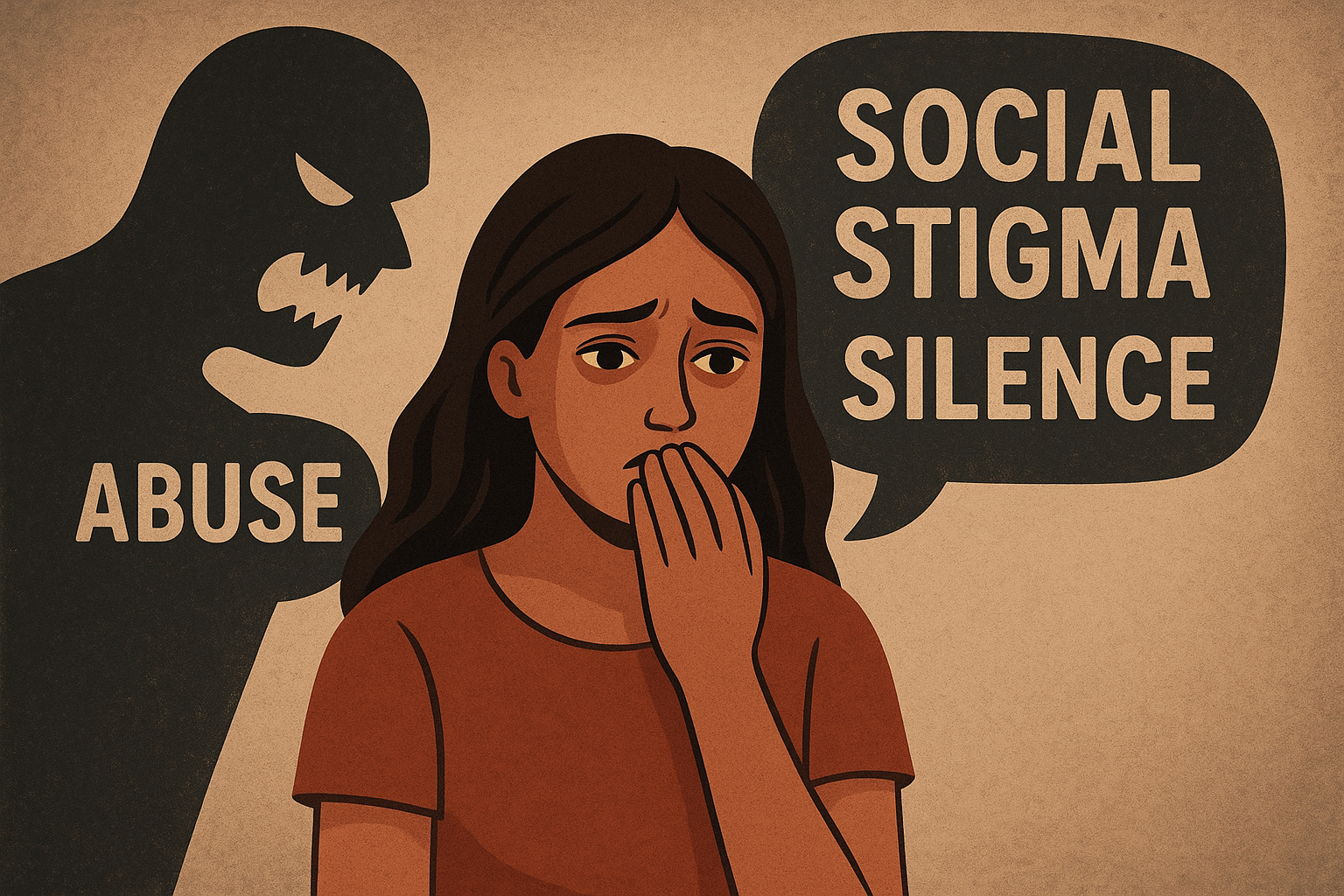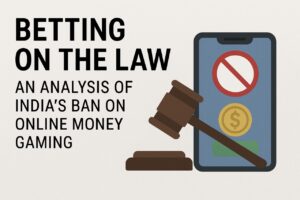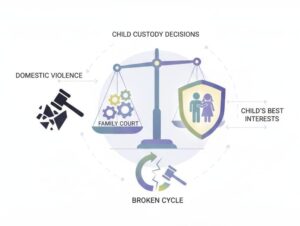Even in the modern society we are living right now, domestic violence is still an unfortunate part of every other household. In the Indian patriarchal setup, it became an acceptable practice to abuse women. Despite the existence of constitutional guarantees and statutory protections, countless married women continue to suffer in silence. The roots of this silence lie deeply embedded in the social stigma associated with reporting abuse and the cultural conditioning that discourages women from challenging patriarchal family structures. The Protection of Women from Domestic Violence, the act was enacted in 2005 to tackle the issue embedded in roots of the society. To break the silence on these barbaric actions, it just not only requires sociological lens but also a legal perspective, since the law plays a central role in offering remedies, protection, and empowerment.
Here’s a short story explaining how domestic violence makes it roots in the society-
Anita grew up hearing that a woman’s duty was to obey her husband. Her father often told her, “A good wife endures everything for the sake of the family.” When she married, this belief followed her like a shadow. Her husband used this patriarchal mindset as a weapon controlling her choices, belittling her, and turning every disagreement into violence.
For years, Anita convinced herself that silence was strength. But the constant abuse began affecting her young son, who started repeating the same harsh words his father used against her. That day Anita realized patriarchy was not only crushing her, but also shaping the next generation.
With a heavy heart and fear, she approached the court under the Protection of Women from Domestic Violence Act, 2005. After a fearful and depress journey, she was granted a protection order against her husband and the right to live in her matrimonial home without fear. For the first time, she saw the law as her shield against patriarchal domination.
PATRIARCHAL ROOTS OF SILENCE
From decades, marriage was considered as the sacred relation not just between two people but two families. Women are traditionally expected to preserve the “sanctity of marriage” even at the cost of their dignity and safety. Concepts such as family honour, social reputation, taking care of the family, amid all this; they were burdened with enduring misbehaviour, abuse and not to take a stand for themselves for the sake of so called reputation of the in laws and the family in the society. In fact, women were asked to let things go by comforting them with the words that it’s fine to have little mis happenings and abusing by husband, one should tolerate and not disrespect or take a stand.
Additionally, lack of awareness, fear of banishment from the society and the high economic dependence on their husband for every expenditure makes situation vulnerable for women and further contribute to the silence. In this way, stigma operates as an invisible chain, restricting women’s access to justice and perpetuating abuse across generations.
LEGAL PERSPECTIVE ON DOMESTIC VIOLENCE
Legally, domestic violence is recognized as a violation of fundamental rights under the Constitution of India. Article 14 (equality before law), Article 15 (prohibition of discrimination), and Article 21 (right to life and personal liberty) provide the constitutional foundation against violence.
The Protection of Women from Domestic Violence Act (or the Domestic Violence Act) is an exemplary piece of legislation that was enacted in 2005 to tackle this problem. The Act in theory goes a long way towards protection of women in the domestic setup. It is the first substantial step in the direction of vanquishing the questionable public/private distinction traditionally maintained in the law, which has been challenged by feminists’ time and again.
The act defines domestic violence broadly to include:
• Physical abuse
• Emotional/psychological abuse
• Sexual abuse
• Economic abuse
Unlike earlier existing provisions that only criminalized cruelty under Section 498A, IPC(now Section 85 in Bhartiya Nyaya Sanhita), the PWDVA provides civil remedies such as protection orders, residence rights, custody orders, and monetary relief, thus focusing on both protection and rehabilitation.
JUDICIAL RECOGNITION OF THE ISSUE
Indian courts have repeatedly recognized that silence born out of stigma cannot be used against the victim. For instance:
•V.D. Bhanot v. Savita Bhanot (AIR 2012 SC 965) – The Supreme Court held that the PWDVA is applicable even in cases where the acts of violence occurred prior to its enactment, recognizing the continuing nature of abuse in marriage.
•Indra Sarma v. V.K.V. Sarma (2013 STPL (Web) 944 SC) – The Court observed that domestic violence laws must be interpreted liberally to protect women from social and economic vulnerabilities.
•Lata Singh v. State of U.P. (MANU/SC/2960/2006) – While primarily about inter-caste marriage, the Supreme Court emphasized those women cannot be compelled by family or society to give up their fundamental rights due to social pressure.
These judgments highlight that the judiciary is conscious of the societal silence surrounding abuse and is willing to interpret laws in a way that safeguards women’s dignity.
Breaking the Silence – Socio-Legal Measures
1. Awareness and Legal Literacy – Educating women about their rights under the Constitution, IPC, PWDVA and how to protect themselves is vital.
2. Counselling and Support Systems – Establishing shelters, helplines, and legal aid centers to provide safe spaces for victims and to make sure that it reaches to the helpless women who are dominated or suppressed by the patriarchy.
3. Role of Judiciary – Courts must continue to adopt a victim-centric approach and discourage mediation in cases of grave domestic violence. Most of the accused get relief because of mediation and the justice remains undone.
4. Community Engagement – Society must shift from blaming victims to holding perpetrators accountable. Public awareness, campaigns might help to reduce or break the stigma.
CONCLUSION
The act of Protection of Women from Domestic Violence initiated with a noble intention to provide effective protection to women from the cruelty, violence. The act tries to provide them what is their right under the constitution.
A strong hold of togetherness between legal enforcements, remedies and social reforms is not only important but the need of the today’s modern society. The judiciary, legislature must come together and work in a way to not only protect women but to create a healthy environment in the society too live freely. Empowering women to raise their voices is not only a step toward justice for individuals but also a transformative shift toward gender equality in society.
-By Vaishnavi Verma



